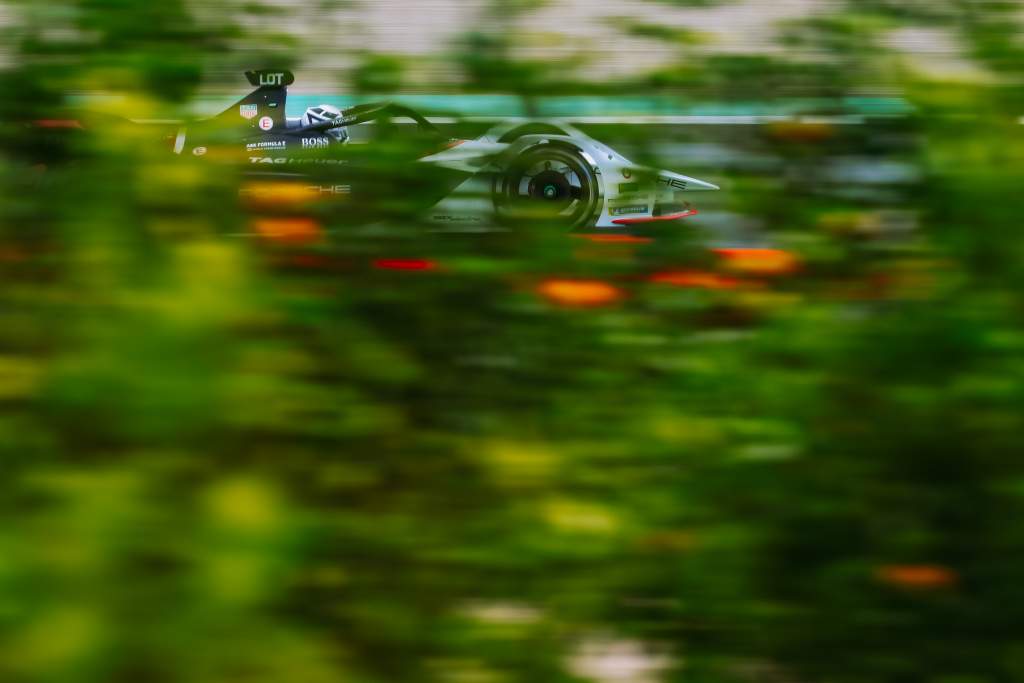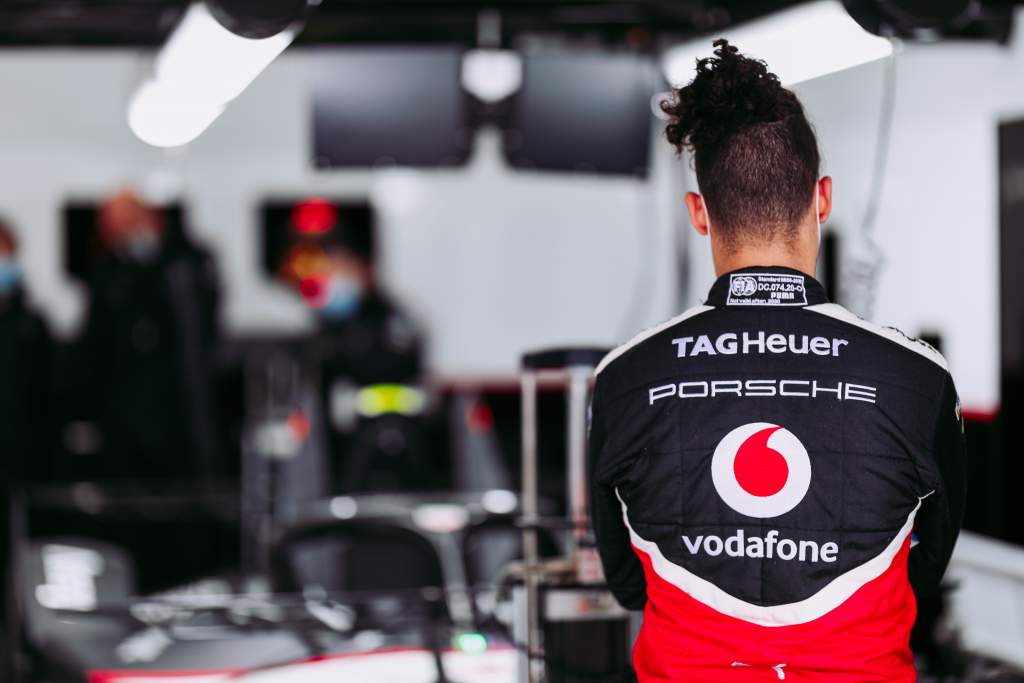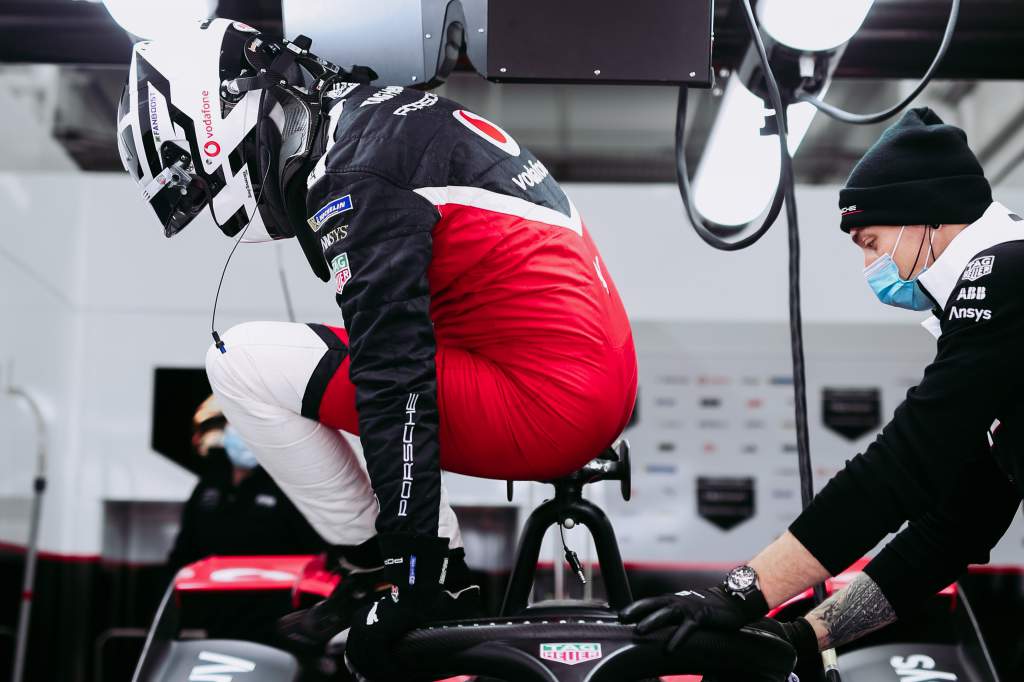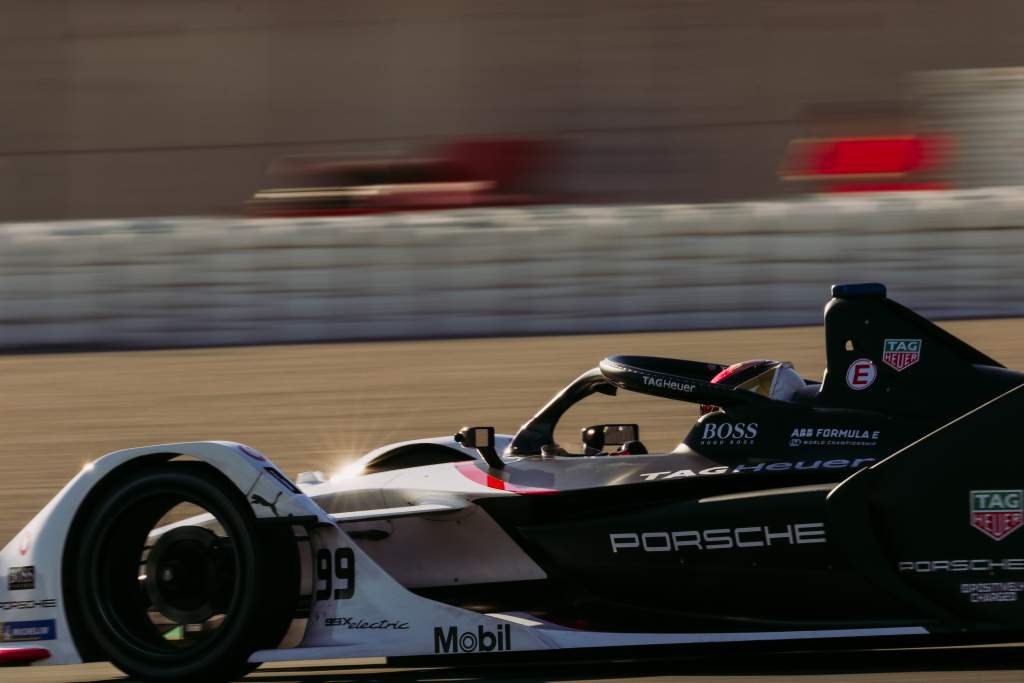Porsche is efficient with pressure.
Historically pressure is all just a part of a challenge and at Porsche the stress is usually batted off with inevitable high achievement after gaining quick and important milestones along the way.
The most recent example of this was in its astonishing 919 Hybrid LMP1 World Endurance Championship programme, which began in 2014.
A maiden podium had already come in the season’s opening race at Silverstone and a pole followed at Spa.
Porsche even overcame technical difficulties with its engine that first season to score a first win in the final round at Interlagos with Marc Lieb, Neel Jani and Romain Dumas despite the sister car driven by Mark Webber ending its race in the wall and Webber in hospital.

What this illustrates is Porsche’s steel in shrugging off variables and challenges that would railroad others into a spiral of dejection.
Yes, it has the facilities and the capabilities, yes it has the heritage and pedigree.
But it has something else too, something almost undefined. It’s a kind of sporting belief and conviction, which always sees it through.
Porsche traditionalists have often scoffed at its Formula E campaign. Fellow media centre dwellers have openly mocked it for doing ‘the politically correct thing and following others to Formula E’.
Whatever that implies is inconsequential in the bigger picture. That is because Porsche knows it is in one of the fights of its life to make its first ever electric racing programme as much of a success, indeed maybe even more so, than its previous projects.
For that success to come, Porsche needs a stable footing for the future.
In December Porsche R&D board member Michael Steiner delivered an answer which appears to lay those foundations.
Wehrlein appears to have an inherently introverted manner, and Porsche appears to have done its psychological homework
“What was particularly important to us was that despite all the savings measures we had put into place this year [2020], we are still making all our investments in new projects,” Steiner said in December.
“In the next five years alone, we will invest €15billion in new technologies.
“So we are all very optimistic about being well set up and the company is based on strong foundations for the future.”

The TAG-Heuer backed Porsche Formula E team was reluctant to put specific aims on its first season.
A lot of the pressure was lifted when Andre Lotterer took a first podium and maiden pole in quick succession at Diriyah and Mexico City respectively in the first few months of Porsche’s debut campaign.
For 2021 the objectives will be more explicit. Whether Porsche confronts them publicly is another matter but the upshot of them is something we all know.
Porsche has to win an E-Prix in 2021, its second season, at the very least.

Audi did that, BMW did it too and so did Mercedes-Benz (if you count the HWA Racelab season as its maiden campaign, which in all but name is accurate).
Addressing the external pressure is far from a priority right now. In an ideal world Porsche would do what it did last season and slap the competition’s chops early doors in Saudi Arabia and strike off the win at the site of its tremendous debut performance last season.
Its armoury has strengthened. There has been a mild restructure with technical chief Malte Huneke gaining a promotion to the position of technical project leader.
Going from zero wins on the board right now to being the 2021 Formula E champion is well within Lotterer’s capabilities
It was Huneke who led the 2021 powertrain design and development. The Race can reveal that this included looking at a transverse powertrain cluster.
“The pros and cons depend very much on what kind of gearbox you choose,” said Huneke.
“Obviously, if you do longitudinal then at some point you have to do this 90-degree change of direction and that normally, depending on what kind of gear train you use, is either more or less efficient. It’s also something that we looked into.”

The team management has also been tweaked ever so slightly with former BMW chief mechanic James Lindesay being added as team manager. He will work closely with his brother Amiel Lindesay, who is head of operations at Porsche.
The headline making change though came last summer when Pascal Wehrlein was confirmed as Neel Jani’s replacement.
Jani stays as test and reserve driver, giving additional insight into how he was, in some quarters, unfairly maligned. Hopeless luck in races and being doomed by the curtailment of the 2020 season by the pandemic meant Jani’s dice was unfavourably loaded.
Wehrlein is a key part of Porsche’s future and will likely race the upcoming LMDh Le Mans car too, but at present he is a sound prospect for earning Porsche’s first Formula E win.
At the Valencia test just over a month ago he exuded his usual quiet confidence. But this time it seemed somehow more robust.
He’s formed some already strong new relationships since last summer. Wehrlein appears to have an inherently introverted manner to the outside world, and Porsche appears to have done its psychological homework to get the best from him immediately.
“I think it’s always really important to make sure when a new driver comes in that you capture first impressions,” his race engineer Kyle Wilson-Clarke told The Race.

“That’s because humans generally adapt very, very quickly and if you lose that kind of injection of fresh input it is always a bit of a loss.
“Pascal being quietly inquisitive, interested and involved with learning and understanding and providing his feedback is really useful for us as a team generally.
“I think it’s just natural, and regardless of him wanting or seeing it as a new home, he just strongly shares our desire to be successful.”
While Wehrlein put the finishes touches to his nest, across the box Andre Lotterer had the look of a driver ready to execute victory rather than idly scratch a furious itch which has nagged at him for three seasons now.
Lotterer has been a race winning prospect since his third ever Formula E race at Santiago back in January 2018.
On that occasion he famously tickled the back of his Techeetah team-mate Jean-Eric Vergne’s race-leading car, flirting with disaster.
Since then Lotterer has seen multiple likely victories fall through his fingertips, especially in Hong Kong in March 2019 when he was drop-kicked out on the penultimate lap by Sam Bird.

The most senior of the 24 drivers on the grid at the age of 39, Lotterer was one of the most impressive performers last season and delivered, with interest, on the justification for Porsche prizing him away from guaranteed race wins and a probable title chance at DS Techeetah.
After seeing his replacement Antonio Felix da Costa achieve all that, Lotterer will be boosted by additional motivation this year and remains one of the most potent and consistent qualifiers and racers on the grid.

Going from zero wins on the board right now to being not only a race winner but the 2021 Formula E champion is well within Lotterer’s capabilities.
We come back to pressure. We know the manufacturer and the team embraces it; Wehrlein barely acknowledges it; and Lotterer absorbs it.
Porsche is in a very good place at the moment to deliver in Formula E and there are increasingly few voices that doubt it will.






